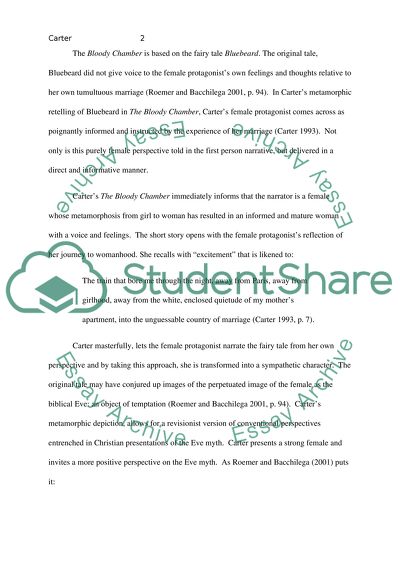Cite this document
(“What do you consider is the function of metamorphosis in the Angela Essay”, n.d.)
Retrieved from https://studentshare.org/environmental-studies/1416624-what-do-you-consider-is-the-function-of
Retrieved from https://studentshare.org/environmental-studies/1416624-what-do-you-consider-is-the-function-of
(What Do You Consider Is the Function of Metamorphosis in the Angela Essay)
https://studentshare.org/environmental-studies/1416624-what-do-you-consider-is-the-function-of.
https://studentshare.org/environmental-studies/1416624-what-do-you-consider-is-the-function-of.
“What Do You Consider Is the Function of Metamorphosis in the Angela Essay”, n.d. https://studentshare.org/environmental-studies/1416624-what-do-you-consider-is-the-function-of.


